One of the more common question beginning foragers ask is where do you find edible plants. The answer, and not being sarcastic, is nearly everywhere. We are surrounded by edible plants. We only have to learn how to see them. To that end I took a five-mile round trip walk today on the Seminole Wekiva Trail (with a Starbuck’s at half way.) I walked instead of riding my Catrike because I had recently ridden 80 miles so it was time to take a hike. As there was a 70% chance of rain I took my little waterproof Olympus camera.
Any short walk will produce Bidens Alba, or Spanish Needles. They are nearly everywhere locally which is one good reason why they never became a commercial crop though that effort was underway more than 50 years ago. For culinary purposes we use young plants and growing tip of older plants. This is because the plant has a medicinal side which usually involves older plants. Foragers and herbalist have different gold standards and usually use plants in quite different ways.
The second species spied on the walk is not really a wild plant but rather an intentional ground cover, Perennial Peanut, Arachais glabrata. A little plant with a large number of names it’s being increasingly used in parks and the like as ground cover and some homes but is on the expensive side. Usually only the blossoms are eaten, raw or cooked. Chefs like to use the raw blossoms which have a pea or green bean taste. The rest of the plant is not consumed.
Another common weed seen several times was Amaranth, a close relative of spinach. There are several species locally with all of them edible including the spiny one. However, with the spiny amaranth one has to carefully harvest the leaves rather than the entire young plant. Cooking does not make the spines softer. While amaranth is edible raw it responds well to cooking. The seeds of all the Amaranths are edible, too.
Crowfoot Grass is not native to North America. It’s from Africa where the species is used to make unleavened bread and frothy beer. While crowfoot grass is easy to harvest — when ripe — the grains are tiny, eye of a needle size. The best one can do is collect about two quarts an hour but they can grow in large colonies making that fairly easy. The grains also have a small amount of cyanide in them but drying and cooking drives that off.
Beautyberries are found in the southern half of the United States and have one or two seasons a year depending whether you are on the north end of that range or the southern. Many writers — Professor Julia Morton for one — dismiss the species because the non-edible leaves are smelly and the fruit bland. However, the fruit make an excellent, vibrant jelly (and when dried an antioxidant tea.) The leaves rubbed on you are a good insect repellant, definitely a saving grace.
Another smelly plant is the . It does smell like a decaying rubber sneaker. Despite that the plant has a long culinary and medicinal history. From a food point of view the leaves can be boiled and eaten as a green, the green fruit can be boiled and consumed though it might be bitter. The red coating on the seeds are full of lycopene. The seeds and ripe orange fruit are not edible though opinions vary on that. Medicinally the plant has been to treat diabetes.
Puckery not bitter is an identification of the next plant I saw on the trail, the Sword Fern. There are five sword ferns locally but only one produces swollen stolons, which look like hairy tan to brown marbles. Their astringency can range from mild to severe. Roasting the stolons makes them sweet and chewy. We do not eat the fiddleheads of these ferns. And since it is an invasive species eating the stolons is one’s civic duty.
Very few people ever notice the pretty non-edible blossom of this next plant along the trail. The ruby and white chalice blossom belongs to the odorous Skunk Vine which actually smells more like a sewer than a skunk. However, young leaves and growing tips are extremely nutritious, on par with Broccoli, and abundant. Little stipules and the aroma make the plant difficult to misidentify. Leaves and tips are edible raw or cooked.
There’s more to the banana than meets the eye. Nearly everyone knows bananas are edible — at least commercial ones — but in other parts of the world more of the banana species is consumed. The purple blossom is often on the menu, raw after soaking in salted water, or mildly cooked. The inner pitch of the banana stalk is also edible, raw or cooked. The leaves have enough oil in them to make cooking on and in them possible and the stem stalk’s first liquid is medicinal.
Our next trail inhabitant is from India and gets unnoticed because of its low-growth profile, Tar Vine or Red Spiderling. It has extremely small ruby-colored blossoms and a spread-out growth pattern. It likes edges of sidewalks and curbs and the like. Young leaves are boiled as a side dish. The root also has medicinal uses in treating fatty liver disease. The root also shrinks on drying or cooking so there isn’t much left for those who also try to eat it. Sometimes the peppery root can taste like yuca.
Starting its fall to spring run is the esteemed Florida Betony. While the above ground parts have their use it is the grub-like root that is highly prized. It is edible raw, cooked, or my favorite, pickled. You can find the plant all year but it tends to disappear in the hot summer months. The leaves can be dried and used to make a passible tea. The plant can also be cooked as a famine food. It tastes musty. The roots, however, are gourmet fare.
It’s difficult not to walk on Purslane it is so abundant. Yet, people tell me they have a hard time finding it. For me it is just the opposite, I look down and there it is waiting to be harvested or taken home for a plant in the crowded garden. In suburbia look for it in sidewalk cracks, curbs, post office landscaping, at the base of road signs, along building basement walls. It really is everywhere including parks and open-mowed lawns. You just have to look for it.
One of the more unusual trees along the trail is the Sugarberry. The species itself is not unusual but it’s location is. They like to be near water but not in water. One does not find them on top of dry hills except along this trail. Why? Because one has been growing near an irrigation outlet for decades so even though it is on a dry hill it thinks it’s near water. The leaves are also distinctive making it easy to identify. The burnt orange fruit are edible when ripe.
Don’t panic over Panic Grass. It’s a North American native grass and thus not toxic. The seeds are edible raw or parched but it is difficult to get a picture of them. There are no toxic native North American grasses but several imports are, for example, the mildly toxic Crowsfoot Grass mentioned above. The only real precaution is to make sure the grass doesn’t have any fungus on it, ergot. A close inspection can rule that out. If it looks funky you don’t eat it.
Winner of the smelliest plant along the Seminole-Wekiva Trail is Epazote, a common spice. Opinions are divided on what the plant smells like. The majority think it smells on par with an industrial floor cleaner or spar varnish. But other noses can detect a citrus or lemony scent, much to the surprise to everyone else. Aromas are subjective. Besides a spice it has been used as a mess of greens, that is, boiled. My taste buds revolt at that idea but it is consumed in Central America.
If you know where to look along the trail edible yams can be found at several locations. This particular species is Dioscorea alata, which has an edible root. As the trail skits many back yards I suspect these yams were plants and have either escaped cultivation or have been ignored. At any rate the squared stems and opposite leaves as well as misshapen air potatoes make it easy to identify.
Any walk this time of year would be a great disappointment if one did not find jelly-bean sized Creeping Cucumbers. Fortunately there are numerous chain link fences along the trail which a perfect man-made trellises for the wild cuke. They also like hedges. Slightly sour these tiny cukes are a favorite trailside nibble and salad addition. Oddly, they do not pickle well.
This round up of a dozen and a half edibles along the Seminole Wekiva Trail would not be complete without a new poke weed heralding the new season. Young leaves and stems should be boiled twice before eating. There is debate on that but no harm being safe. While eating poke is a southern tradition few Native American tribes at the weed preferring to use it medicinally.
There were no unforeseen edible plants during our class this past week in Cassadaga, the only town in North America comprised of psychics. Colby-Alterman Park is a nice location and there was a good turnout. No doubt the more aromatic plant of the day was blossoming Kudzu. The aroma smells to me just like grape bubble gum kids chew. Three big leaves with hair on the leaf’s edge make it easy to identify. We sorted out the invasive yam from an edible yam, found a wild persimmon, tasted some tart sumac berries, enjoyed the scent of Horsemint and pondered of the identity of a few mushrooms.
Foraging Class Schedule: Saturday, Sept 12th, Red Bug Slough Preserve, 5200 Beneva Road, Sarasota, FL, 34233. 9 a.m. Saturday, Sept. 19th, Mead Garden: 1500 S. Denning Dr., Winter Park, FL 32789, 9 a.m. Saturday, Sept. 26th, Spruce Creek Park, 6250 Ridgewood Ave. Port Orange, 32127. 9 a.m. Saturday, Oct. 3rd, Wickham Park: 2500 Parkway Drive, Melbourne, 32935-2335. 9 a.m. Saturday, Oct. 10th, Boulware Springs Park, 3420 SE 15th St., Gainesville, 32641. Sunday, Oct 11th, Jervey Gantt Recreation Complex, 2390 SE 36th Ave., Ocala, 34471. Sunday, Oct 18th, Florida State College, south campus, 11901 Beach Blvd., Jacksonville, 32246.
To learn more about the foraging classes or to sign up for one, go here.
Need to identify a plant? Looking for a foraging reference? Maybe you have a UFO, an Unidentified Flowering Object, you want identified. On the Green Deane Forum we — including Green Deane — chat about foraging all year. And it’s not just about warm-weather plants or just North American flora. Many nations share common weeds so there’s a lot to talk about. There’s also more than weeds. The reference section has information for foraging around the world. There are articles on food preservation, and forgotten skills from making bows to fermenting food. Recent topics include: Odd Vine? Hunting and Trapping Ethics. Knife Accidents. Ragweed? Some Kind of Lespendeza? Survival Garden. Sweet And Toxic, Neat Stove Idea, and Cordage Plants Video. You can join the forum by clicking on the button on the upper right hand side of this page.
This is newsletter 175. Because of recent updates by Word Press whether future newsletters and articles have a comment section or not is in limbo. As most page creators wanted the comments turned off that is the default setting. However, turning the comments on is not working and WP has not yet addressed that problem. Yes, as programmers are wont to do, they fixed it and made it worse and can’t fix their fix.
To donate to the Green Deane Newsletter click here.

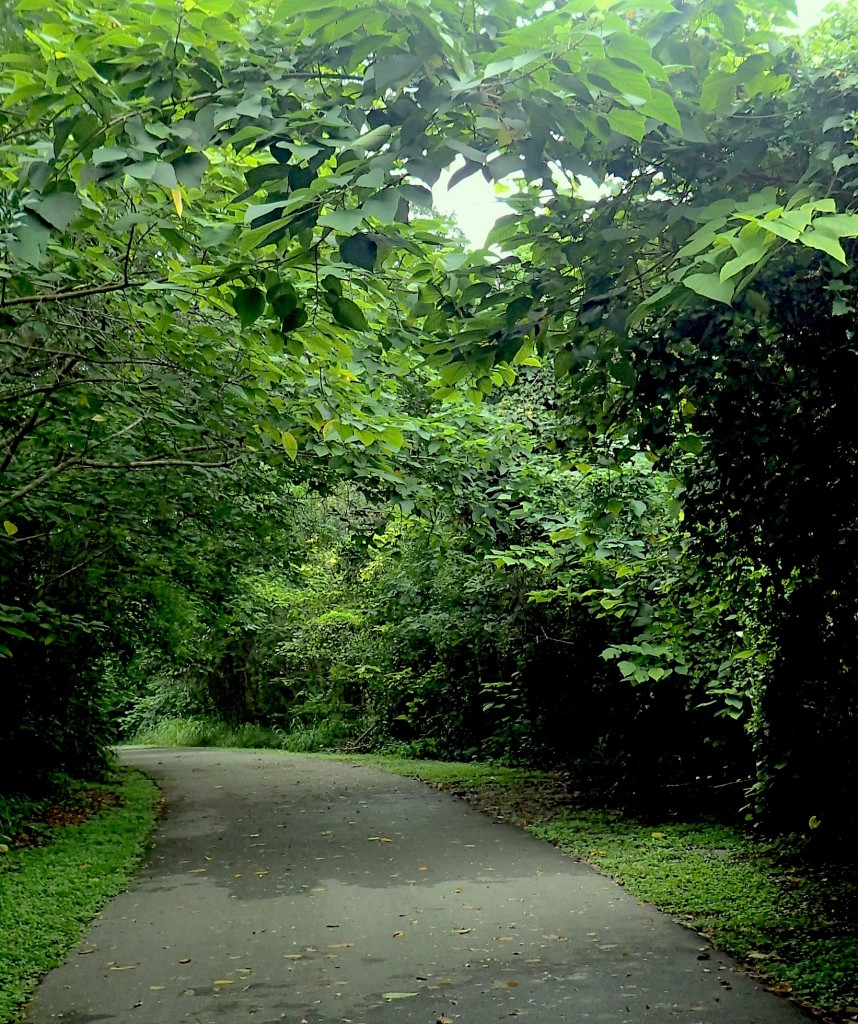
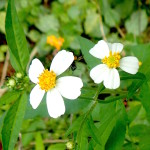
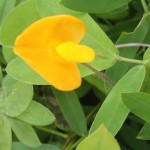
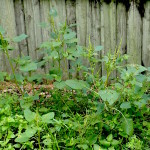
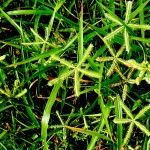
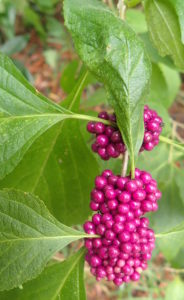
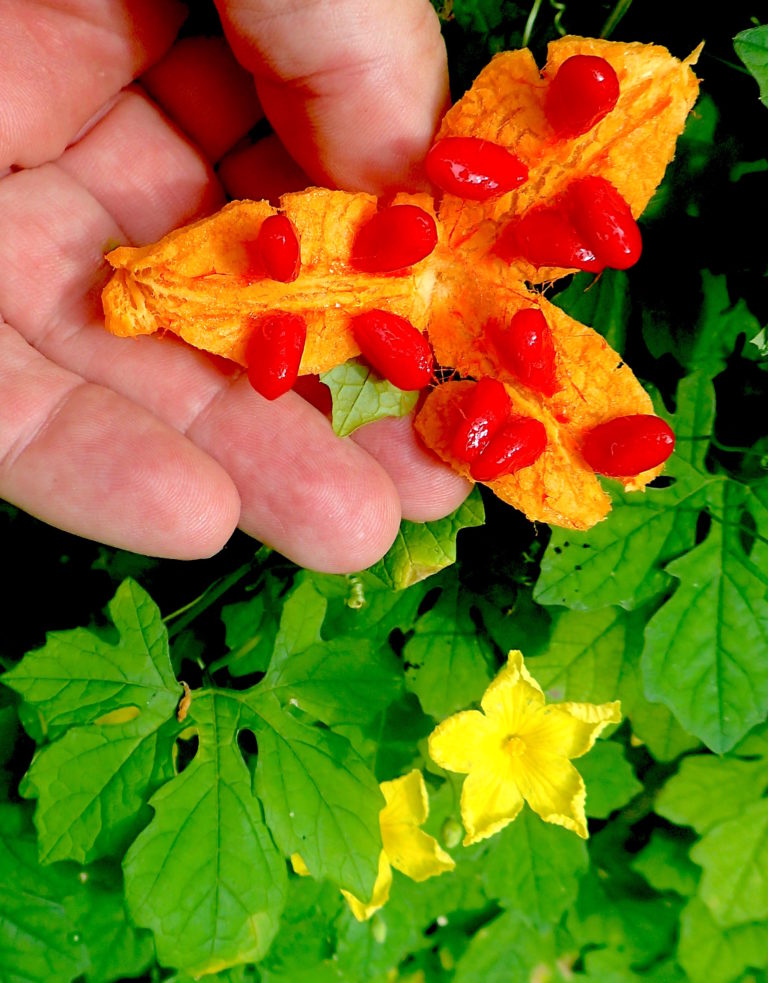
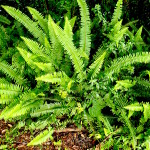
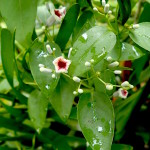
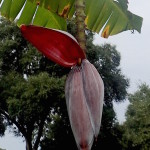
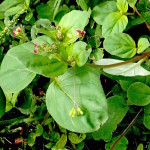
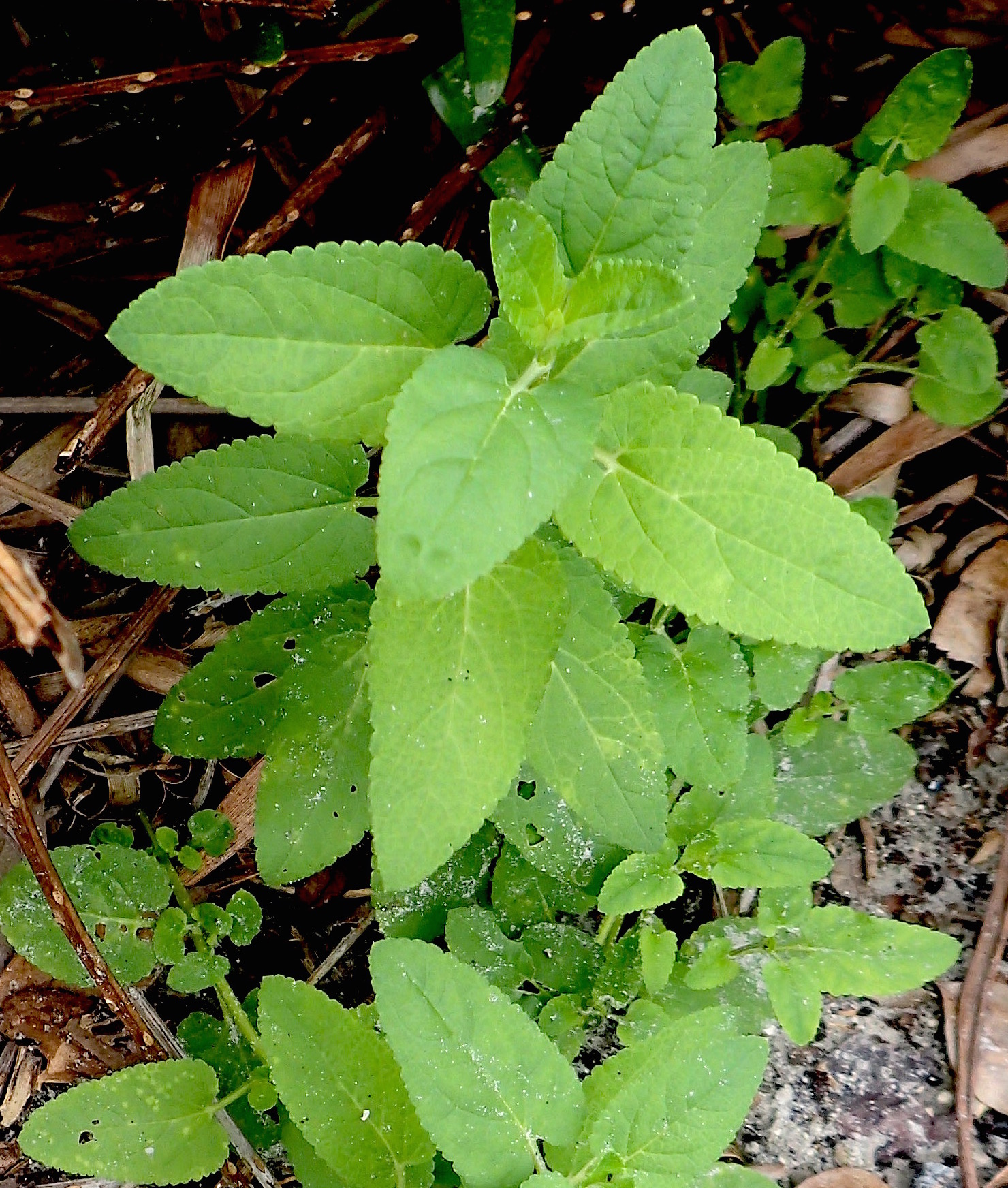
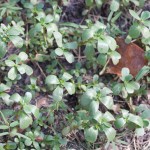
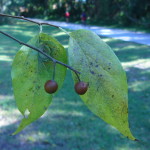
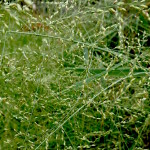
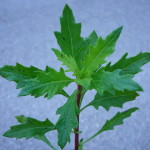
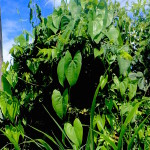
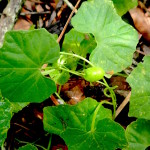
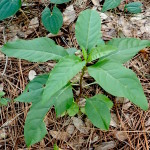
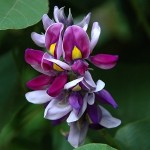
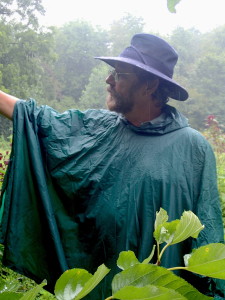
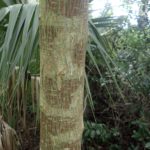

I love this newsletter. Thank you for sharing! I recently moved to Central FL from the mountains of NC. I have a good patch of Jerusalem Artechoke there. Will they grow here? I thought it may be too hot here for them. In the future I want to take one of your classes. I found a lot of the plants you teach about up there in abundance, for example goosefoot, but I need to get my eye/brain trained for here, and learn the terrain for here. I brought plenty of seeds to grow patches of different wild edibles, only the ones growing here already though so that i don’t get something new growing here. Thank you again for all the knowledge you share!
Short but quite informative; I have repeated reading them. I still sense the the taste of some of these. Thank you and I wish more progress and success for educating people about love of nature.